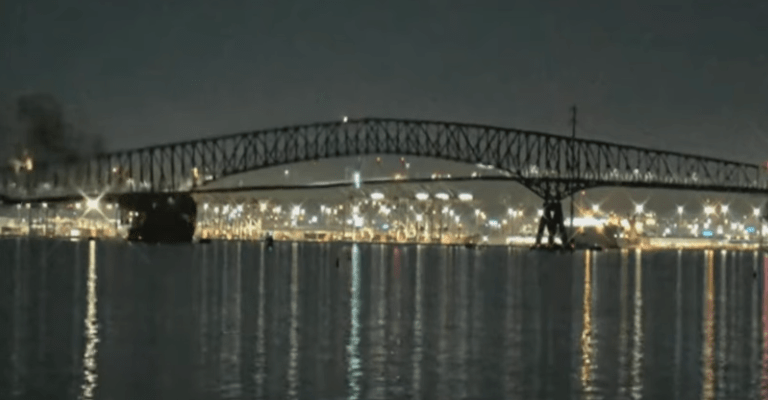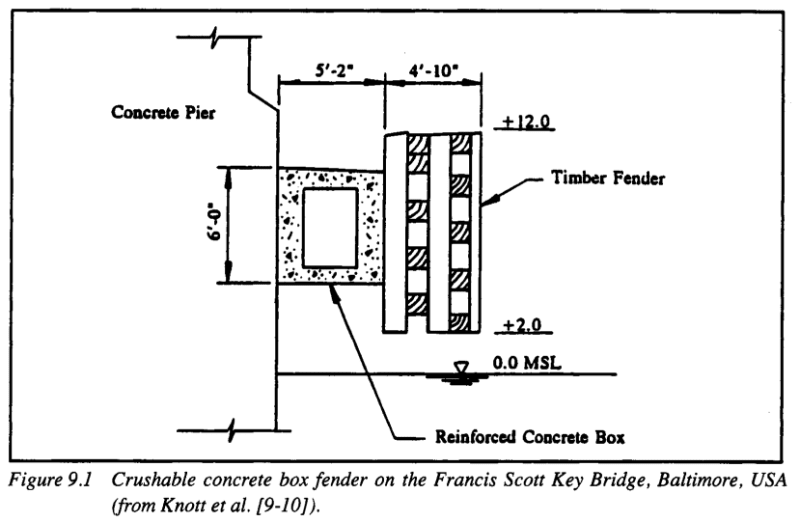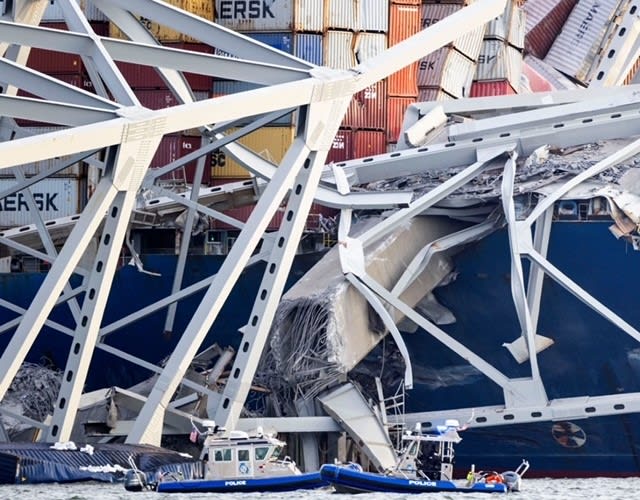Tomfh
Structural
- Feb 27, 2005
- 3,581
Follow along with the video below to see how to install our site as a web app on your home screen.
Note: This feature may not be available in some browsers.
According to Marine Traffic the ship departed the Seagirt Marine Terminal in the Port of Baltimore at approximately 00:30 local time, sailed northwest past the Nuclear Ship Savanah then turned southeast to depart the harbor, released the tugboats, and collided with the bridge at approximately 01:38.

Wikipedia said:Bids for constructing the proposed Outer Harbor Tunnel were opened in July 1970, but price proposals were substantially higher than the engineering estimates.[11] Officials drafted alternative plans, including a four-lane bridge, which the General Assembly approved in April 1971.[12][13]
At an estimated cost of $110 million, the bridge would have more traffic lanes and lower operating and maintenance costs than a tunnel.[citation needed] A bridge would provide a route across the Baltimore Harbor for vehicles transporting hazardous materials, which are prohibited from both the Baltimore Harbor and Fort McHenry tunnels.[14] The United States Coast Guard issued its bridge permit in June 1972, replacing an earlier approval of the tunnel from the Army Corps of Engineers.[10] Construction of the Outer Harbor Bridge began in 1972,[15] several years behind schedule and $33 million over budget.[16]

Knott said:Guide Specification and Commentary for Vessel Collision Design of Highway Bridges”, US Department of Transportation, Federal Highway Administration, Publ. No. FHWA-RD-9 1-006, Dec. 1990


